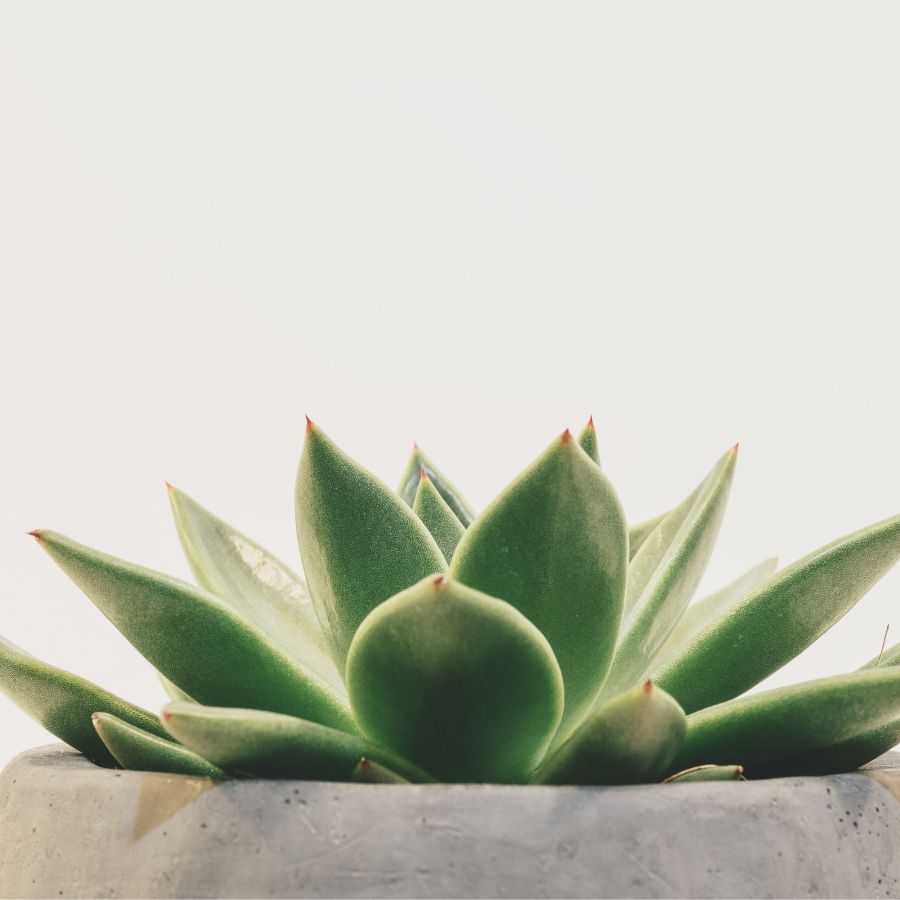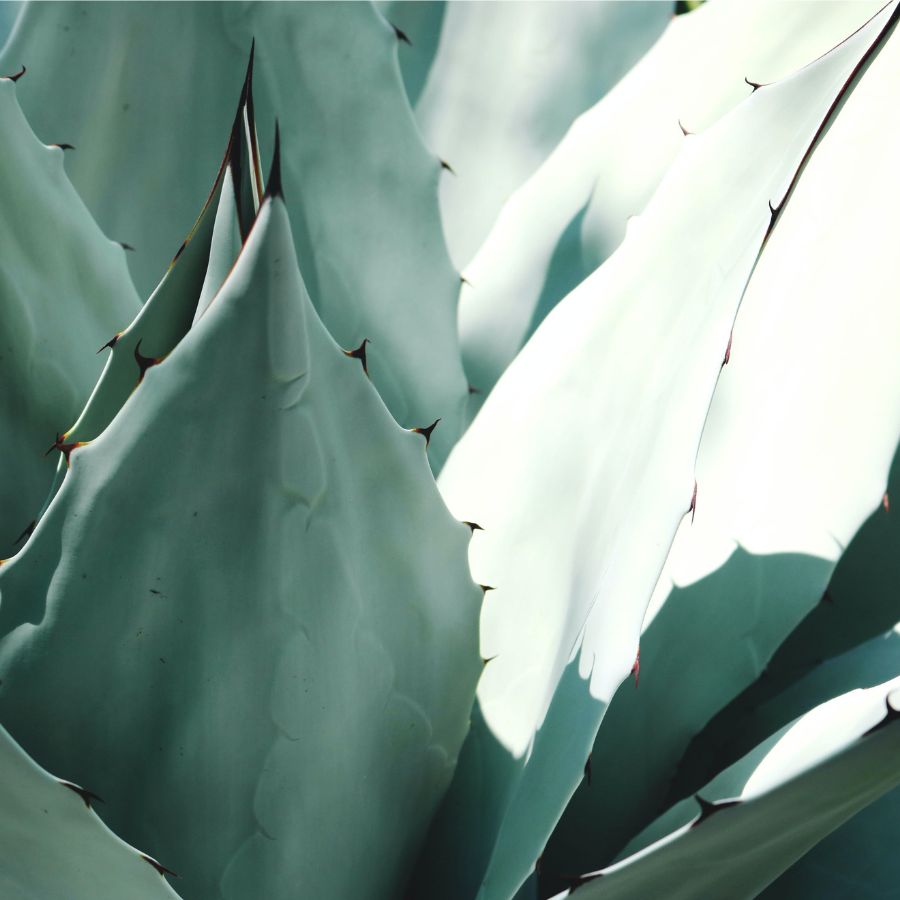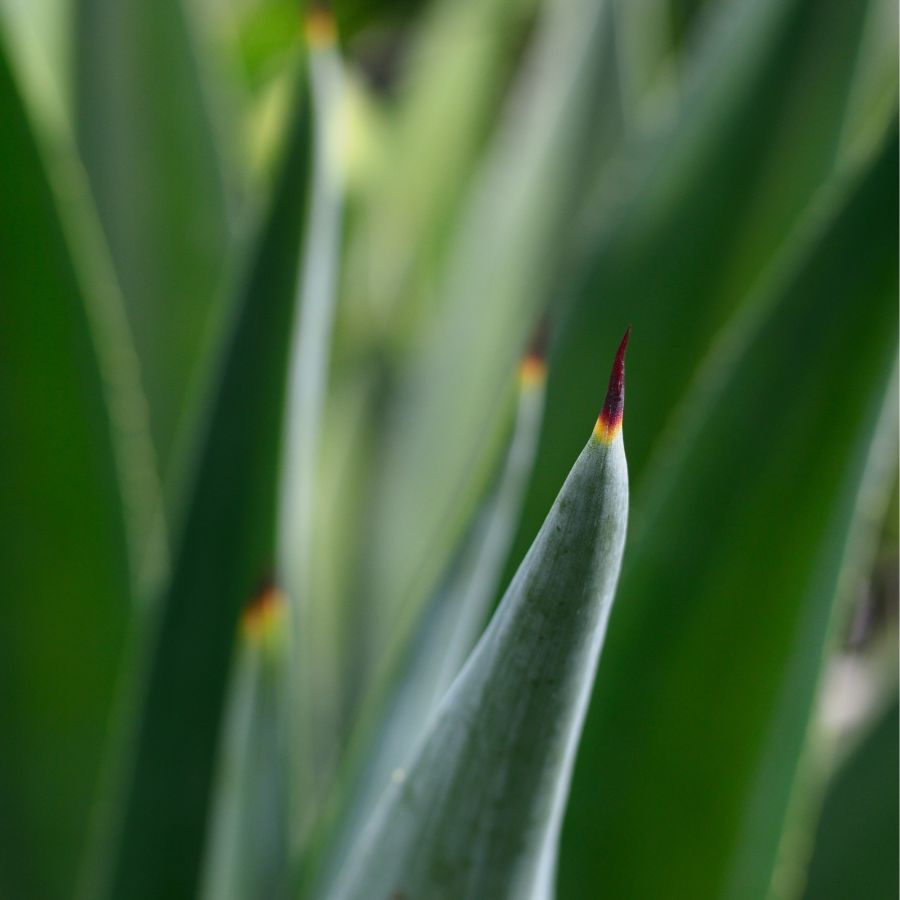Agave
Agave
Learn how to care for agave plants along with its history and classification details.

Hardiness Zone: 8-9
Soil Type: Mildly acidic, 6 – 6.8pH
Sun Exposure: Full sun
Annual or Perennial: Perennial
Type: Succulent
History: There are multiple varieties of the agave plant. The most common is A. americana, which is native to tropical America. The monocot thrives in hot and arid regions of the Americas, with some species being native to the tropical regions of South America. The plant also has a nickname, “century plant”, as it takes 10 to 30 years to flower. Sadly, the plant starts to die after it has flowered. The plant can also be found in southern Europe, and Africa.

How to Care for Agave
How do I plant agave?
Plant agave in a cactus potting soil mix or a regular potting soil and place in full sun.
When is the best time to plant?
The best time to plant agave is in spring or early fall.
How do I propagate agave?
Cut the stems of agave pups as close to the mother plant as possible.
Can I grow agave in a pot?
Yes, you can grow agave in a pot, take care, it may outgrow the pot at some point.
How much should I water agave?
Agave should be watered 2-3 times a month.
Do I need to fertilize agave?
You can fertilize agave frequently.
When does agave bloom?
Between 10-30 years of age.
How do I know when agave is ripe?
When it becomes soft and messy.
When do I harvest agave?
You can harvest agave when it is at least 7 years along.
What is the best way to store agave?
It is best to keep your agave in a dry place.
Should I plant any companion plants?
Agave grows well with bougainvillea, lavender and sage, ornamental grasses.
What are the health benefits of the agave?
Agave can help with metabolism during pregnancy.
What are some special features?
Agaves are characterized by a rosette of succulent or leathery leaves that range in size from a few centimeters to more than 2.5 meters (8 feet) in length.
Agave Nectar
Agave nectar dissolves quickly, so is a good sweetener for cold drinks, such as iced tea or cocktails.


